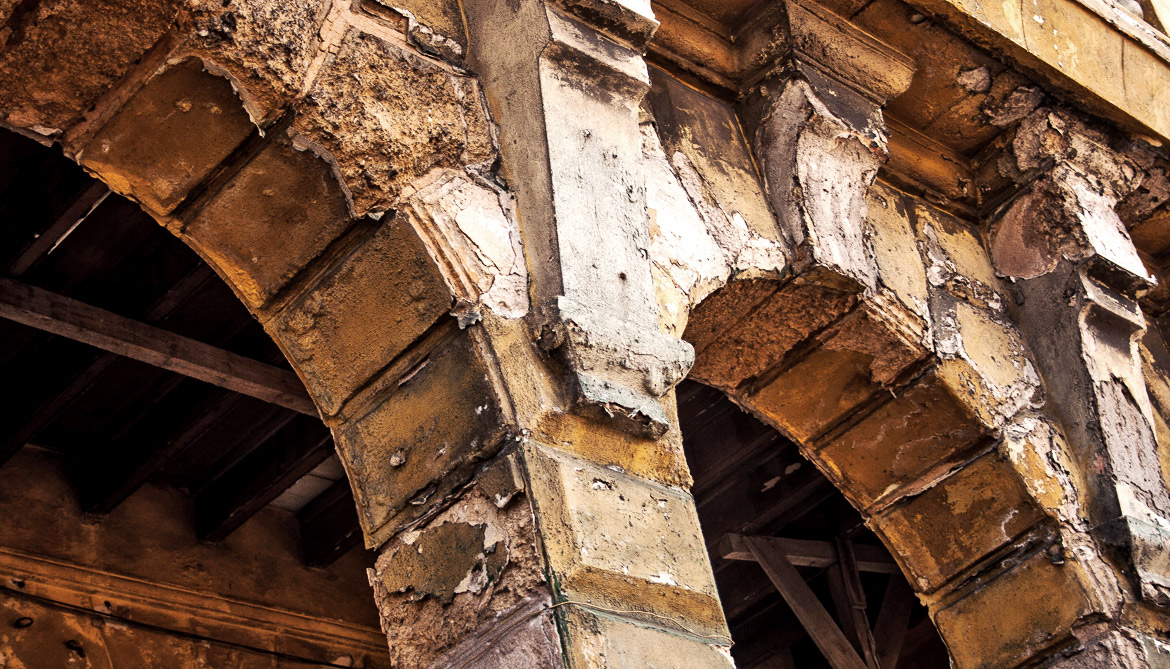Moved from here.

This has become the mantra on this forum, yet there is plenty of scientific evidence that ocean water concentrations of salt destroys stone.What your PB is saying has no scientific basis that a pool st SWG salinity is any more damaging to a natural stone then a non-salt pool. And the kicker is that if you use Liquid Chorine, that has salt in it, in about 2 to 3 years the salinity will be the same as a SWG pool. Does your PB tell you to worry about that? Nah!
How salt causes buildings to crumble
Salt crystals are often responsible when buildings start to show signs of aging. Researchers have studied salt damage in greater depth and can now predict weathering processes more accurately.
www.sciencedaily.com
The experiment showed that the greater the supersaturation, the greater the salt's destructive potential. Temperature also played a role: in cycles in which the temperature never fell below 25˚C, it took an average of four cycles before damage occurred. When the temperature dropped to 3˚C, one cycle was enough. "Although these wet and dry cycles play a part, supersaturation is the most important factor," explains chemist Caruso.
For a building, this means that if environmental conditions are such that a salt solution repeatedly infiltrates porous stone and the fluid can then evaporate again (e.g. due to strong sunlight or wind), the salt in the building material can become supersaturated. "In these cases, it doesn't take a lot of salt to inflict considerable damage," says ETH professor Flatt. However, higher amounts of salt are needed in more moderate environmental conditions.
Last edited by a moderator:




